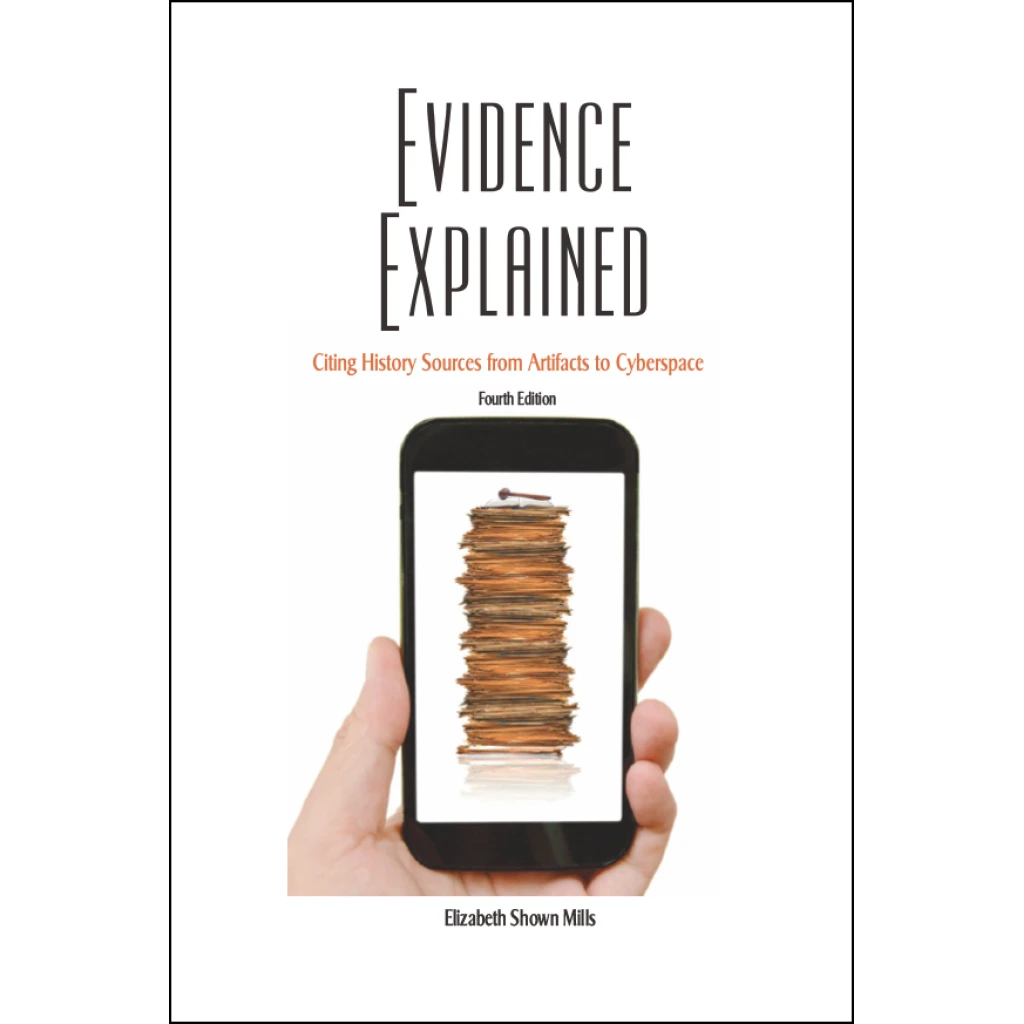Author Elizabeth Shown Mills has done a masterful job in revising Evidence Explained, 4th edition, because she's both streamlined and thoughtfully updated the content of this indispensable reference book.
Streamlined and robust
Since the first edition was published in 2007, this has been the gold standard for understanding and citing genealogical sources.
Actually, it's the platinum standard because of the clear, robust explanations about the wide variety of resources we use to research and document our ancestry. Mills goes well beyond how to cite specific sources--she delves deep into source quality and what that means for the credibility of evidence and, ultimately, the credibility of our conclusions.
What's new?
Here's a look at the contents page:
Chapter 3 is new in this edition. Instead of printing dozens of sample templates for us to adapt in citing sources, Mills has simplified the examples into 14 templates that become the building blocks of citations. These templates range from basic book and website citation to citing books, magazines, newspapers, databases, authored manuscripts, and even gravestones viewed personally. Easier for readers to understand, easier for readers to implement.
Mills knows how much information comes from online sources these days, and she carefully demonstrates how to cite such sources. In Chapter 13, p. 624 shows how to cite a video or webinar. In Chapter 15, p. 683 shows how to cite a blog, p. 689 shows how to cite a podcast, and p. 690 shows how to cite posts on social media such as Instagram. You'll even find a page on Generative AI (artificial intelligence) in Chapter 15.
Convenient QuickStart
Don't skip over the grey pages at the front of the book. First is "The Evidence Analysis Process Map," with sources (original or derivative records or authored narrative) that provide information (from an informant who has first-hand, second-hand or unknown level of knowledge) used as evidence for an analysis leading to the genealogical proof of our conclusion.
Page 1 is a handy QuickStart guide to diving into Evidence Explained, followed by two pages summarizing the basics of source citations, at a glance.
For more about Elizabeth Shown Mills and Evidence Explained, plus tutorials and other bonus material, see her website.
DISCLOSURE: I received a free review copy of this book from Genealogical.com, but the opinions in this review are entirely my own.






